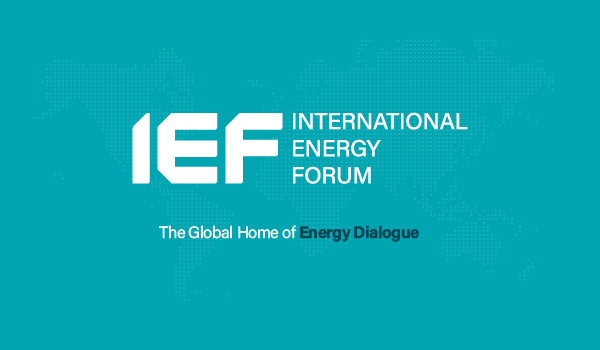International Energy Forum (IEF) says deeper collaboration between developed and developing nations required to ensure energy security, affordability and sustainability in a ‘multidimensional energy transition’
New York – Advanced countries need to deepen their engagement with developing countries to overcome a new “North/South divide” on the pace and priorities of energy transition if the world is to make progress on reducing GHG emissions from the energy sector, according to a new report by the International Energy Forum prepared in collaboration with S&P Global Commodity Insights.
The International Energy Forum report entitled Shaping a Living Roadmap for Energy Transition, for which S&P Global Commodity Insights served as chief knowledge partner, is an outcome of a global series of roundtables held over the last ten months in Cape Town, Bali, Riyadh, Washington DC, Panama City, and Davos, as well as additional roundtables held in conjunction with CERAWeek by S&P Global in Houston.
The International Energy Forum report presents the diverse viewpoints expressed by the 350 participants from industry, government and civil society designed to unearth lessons from the recent energy crisis, which has had a profound impact on energy policies and energy transition priorities around the world.
Hosted by Joseph McMonigle, International Energy Forum Secretary General, and Daniel Yergin, Vice Chairman of S&P Global, the dialogues revealed a growing consensus that expectations of a linear transition of the energy system that adheres to a single net-zero path globally are not sufficient. Instead, a “multidimensional” approach is required, one that is inclusive of different situations in different parts of the world; reflects varied starting points and diversity of policy approaches; and is equitable, according to the report.
“A series of shocks, crises and tensions in the global energy system have rendered the energy transition more complex as climate goals coexist with energy security, energy access and affordability and other priorities,” said Daniel Yergin, Vice Chairman, S&P Global and author of The New Map and Energy Future in 1979. “Transitioning a $100 trillion global economy in a quarter century is a big challenge. This project seeks to respond to the challenge by capturing a wide spectrum of perspectives on the energy transition and what will be required to achieve it.”

Daniel Yergin.
Reflecting concerns expressed by the roundtable participants, the report said that “focusing on a singular pathway to achieving net zero emissions by 2050 could undermine achievement of other sustainable development objectives, constrain financing for critical energy projects and put at risk the necessary public support for climate policies.”
The recent crisis in global energy markets and high energy prices have contributed to inflation. At the same time, global GHG emissions have reached new highs as economics and shortages forced many countries to pivot back to coal-fired power generation. Growth in renewable power has accelerated but has so far failed to keep pace with growing power demand.
“Developments over the last two years demonstrate that the energy transition is more complicated than has been previously thought. While the transition proceeds, expectations of a linear global transition have been shaken as climate goals compete with priorities around energy security, energy access and affordability,” the report said.
The report noted significant policy moves in developed markets, with hundreds of billions of dollars of new funding and incentives expected to cut emissions in the United States, Europe, Japan and China and drive research into new decarbonization technologies, as well as expanding market share for electric cars. At the same time, participants in the roundtables noted that progress was uneven around the world.
“The path to net-zero will have to travel via the Global South and therefore it is in everyone’s interest to collaborate and cooperate for the shared goals to achieve net-zero,” it said.
Developing countries, which assert that they have little responsibility for the historical accumulation of CO2 in the atmosphere, are expected to drive growth in energy demand for the next 30 years, the report said.
Participants from the developing countries of the Global South argued that “depending on their access to energy resources both indigenous and imported, financing needs and geography, many of these countries need access to hydrocarbons to raise their standard of living before their emission trajectories change.”
There was much discussion in the roundtables about investment needs. Some roundtable participants observed that funding bans on areas of energy production raise the cost of energy, impede economic growth and threaten to undermine public support for the transition when competitive alternative energy sources are not yet available.
“Although there is broad consensus on the need to reduce emissions, the dialogues that informed this report revealed that many in the Global South feel their voices have not been heard in the global climate discussions,” said Atul Arya, Chief Energy Strategist, S&P Global Commodity Insights. “No primary energy source has ever been largely or completely phased out, as proposed by some for the current transition initiatives and regulation. It was clear from the discussions that for many in developing countries, access to affordable and reliable energy to improve their livelihoods will also be priority and will be part of the overall equation.”

